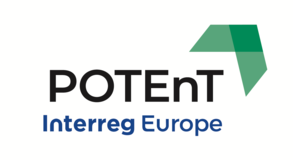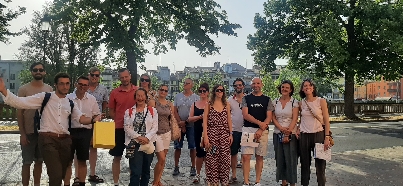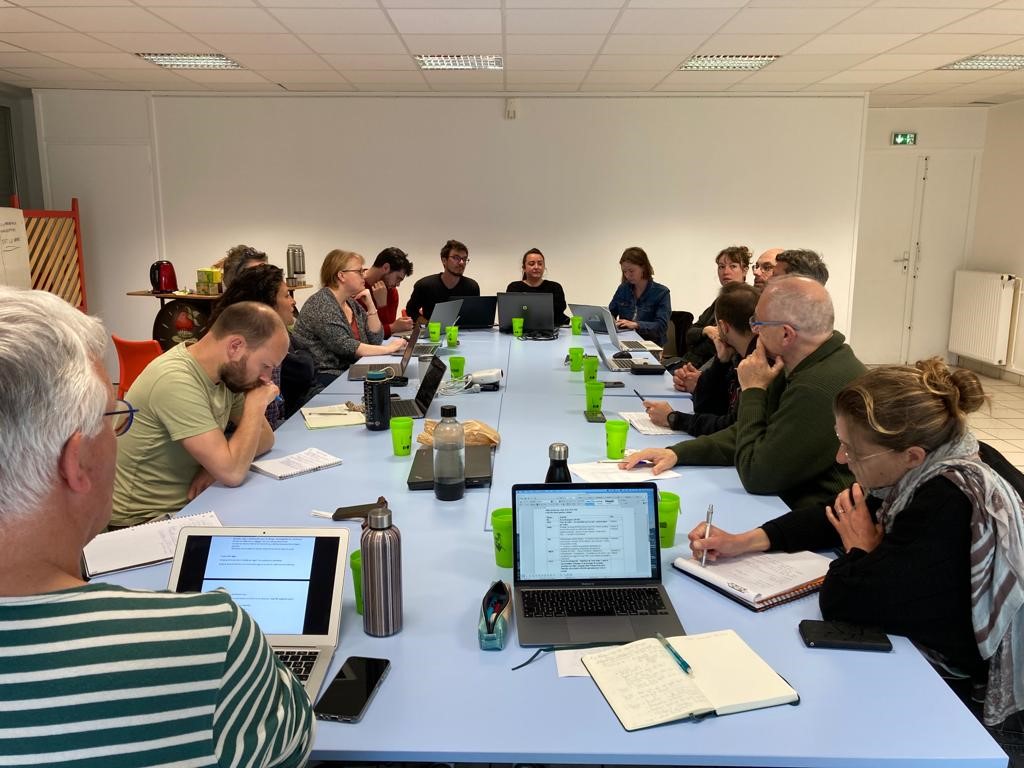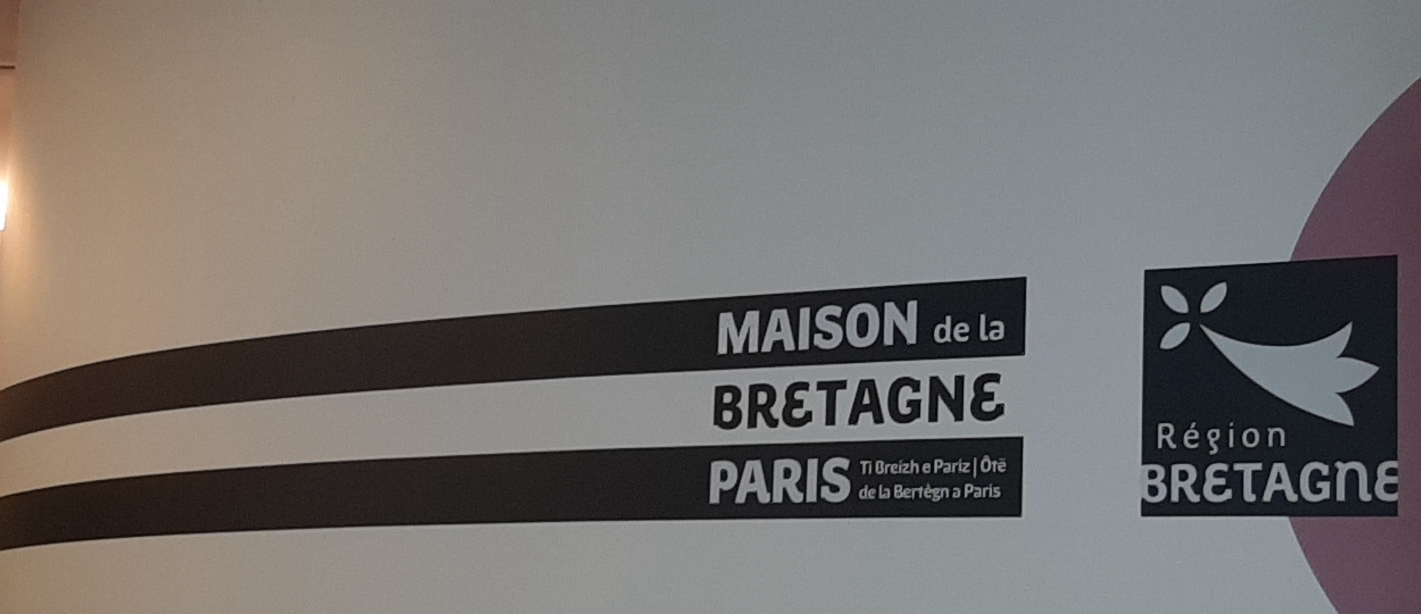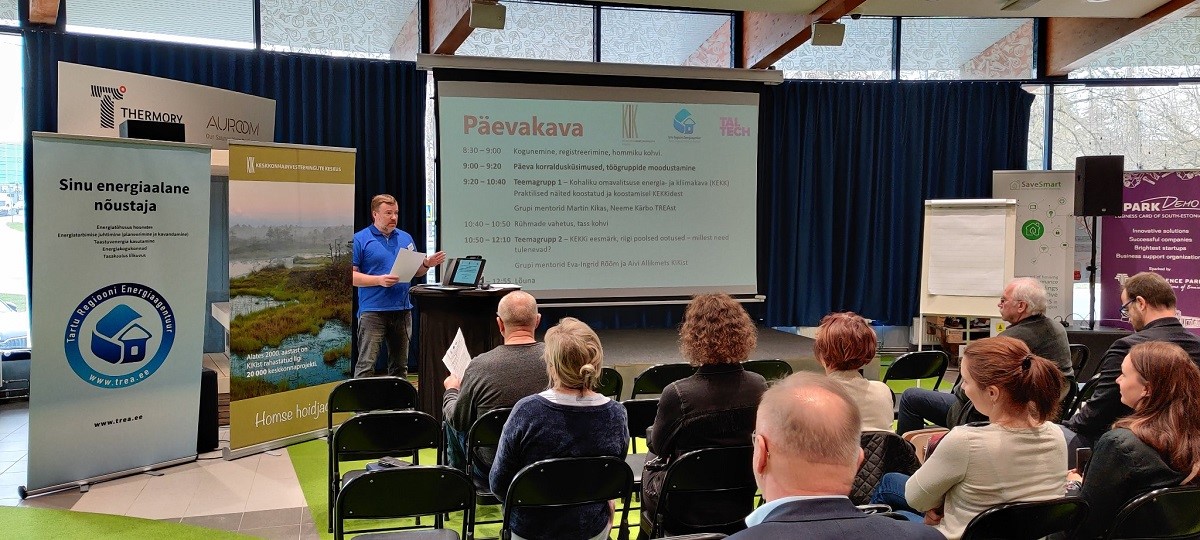ALOEN's Regional Action Plan, approved last year, contained two key actions: let's take a look to their implementation to date!
ACTION 1 - Development of the reuse of building materials
The year 2022 was marked by the completion of a feasibility study for a platform for the reuse of building materials. This study was divided into 2 phases:
- The realization of a territorial diagnosis
- The realization of potential business models and scenarios
The study contained these key figures:
- Annual waste deposits in Lorient Agglomeration:
• 102,035 tonnes of inert waste ~ minerals)
• 31,834 tonnes of non-hazardous, non-inert waste
- Objective of 2% reuse in 2024 = 600 tonnes per year
- As an indication, a material library processes an average of 150 tonnes/year
The territorial diagnosis has identified the territory's material deposits: which deconstruction projects, which materials can we recover for the reuse platform? What construction projects are to come? What material needs?
This diagnosis also enabled us to meet local players through a series of interviews to find out about current practices, constraints and the needs of companies, local authorities and individuals.
This was a great opportunity to forge links with these local players! These exchanges have helped feed a new project within ALOEN, called Coop'Ter, which focuses on the economy of functionality and cooperation.
In September, the restitution of the study brought together nearly 40 people, demonstrating once again a strong interest in this subject of circularity of materials. This feasibility study created a dynamic on the subject of reuse and led to actions on the territory:
• Inclusion of the theme of reuse in the Territory Project, strong involvement of elected officials,
• The city of Lorient commissioned a "Reuse" project management assistance for the urban renewal of a district of Lorient,
• Integration of re-use clauses in the consultations of the city of Lorient.
Action 2 Development of renewable energies in cooperation with local authorities
The production of renewable energy in Lorient Agglomeration represented 4% of the territory's consumption in 2019. The Climate Plan sets a target of 20% by 2025. Lorient Agglomeration, thanks to the POTEnT project in particular, is committed to developing renewable energy projects led and financed by citizens in cooperation with local authorities, as they enable:
- produce kWh
- democratise energy issues and sobriety
- increase the links between communities and citizens
- offer a shared governance of renewable energy projects and stronger economic benefits for the territory
A key figure is territorial cooperation. A cooperation between energy actors had to be put in place in order to be able to respond to the requests of the municipalities and to increase the number of projects. In concrete terms, since the summer of 2021, the roles have been distributed as follows:
- Lorient Agglomération carries out technical studies for the municipalities via its Shared Energy Council service.
- The Local Public Society BER will assist with the legal aspects, the preparation of the worksites and the training of the agents with the professional high school of Port-Louis.
- OnCImè takes care of the citizen economic model
- ALOEN is in charge of organising meetings and creating links with the TARANIS network, a Breton network of citizen energy projects.
Other achievements:
• The roof of a commune (Quéven) was equipped with solar panels financed by citizens and installed during a participative construction site (20kWp) in 2023
• Studies are underway for the second photovoltaic project included in the RAP (300kWC for collective self-consumption of heritage / awaiting response from the municipality for summer 2023)
• A wood energy project financed and carried by the SPL is encountering legal difficulties in integrating citizen co-financing.
• From 2022 to date, collective involvement meetings have been organised in Lorient Agglomeration to publicise citizen projects and involve the territory's inhabitants: 3 public citizen involvement meetings (around 200 people in total) and 5 awareness-raising meetings for agents and elected representatives (with around 300 people).
Overall, there are time constraints in the citizen projects in collaboration with the communities. It is risky to communicate about the projects to the citizens before the public contracts, and once the contract is awarded the time is often very short to gather the citizen funding and install the photovoltaic panels.
